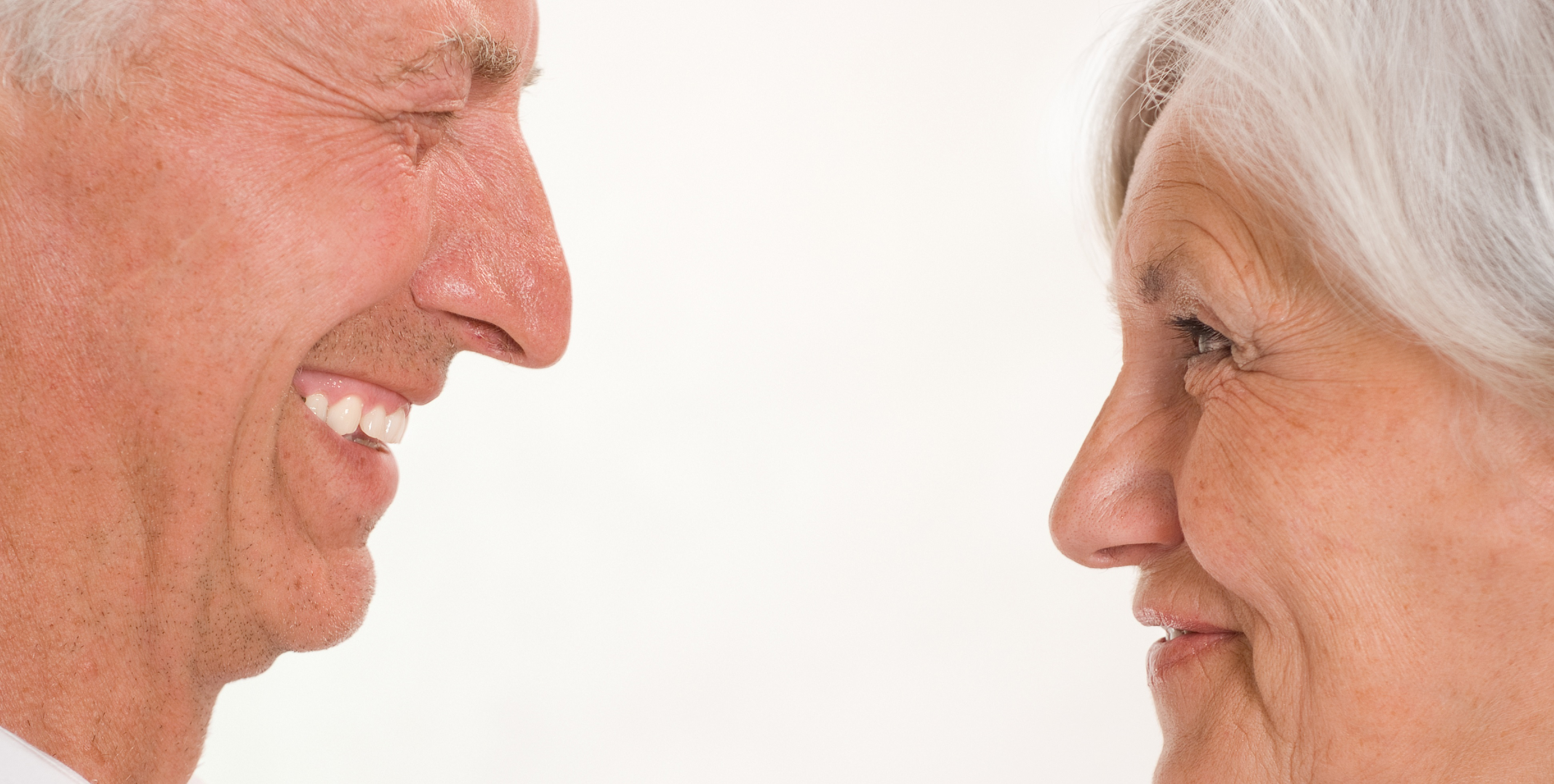AAL Smart Ageing Challenge Prize: The top 5 finalists
The AAL Smart Ageing Challenge Prize is awarding a €50,000 top prize for the best Internet of Things (IoT) innovation that enables older people to achieve the best possible quality of life, socially and independently. From a huge entry of close to 200 applicants, the field has been whittled down to five top finalists.
At 11am on Wednesday morning at this year’s forum, following a keynote from Keith Baker of Philips on the potential of IoT to defend people against the onset of cognitive impairment, the top five finalists will present their prototypes, after which the overall winner of the competition will be announced.
Read on to find out more about the top five finalists. Can you pick the winner?
Alzhup
The first service of its kind, AlzhUp allows Alzheimer’s patients and their caregivers to upload memories to the cloud in the form of photos, video, music and text and catalogue them to build a clear and recognisable picture of the patient’s history. All the family can share different moments through different devices — tablets, phones and wearables — and combat the effects of the illness together.
Customised therapies, based on personal memories, are also available, designed to maintain cognitive functions and prevent behavioural problems. These come in the form of mental and physical exercises and, by using gamification techniques, are designed to be enjoyable as well as a valuable in fighting the effects of the disease.
TAVLA
TAVLA is a new app platform that empowers care providers to develop apps for their services and reach their customers more easily. This increases the quality of life and security of older adults in their homes.
Due to the innovative interaction model of TAVLA, the usability of apps is much more intuitive and can be personalised. This standardised interaction model has not been implemented by any other platform so far. The individual setup makes TAVLA usable for people with different limitations. This helps to make up-to-date technology usable for everyone following the “design-for-all” approach.
Activ84Health
The Activ84Health Explorer gives older people who can no longer get out and about a window on the world. The smart system allows users to freely explore towns and countryside while cycling on a stationary bike from the comfort of their own home.
Using Google Streetview connected to a bike, cloud-based software and touch screen controls, the Activ84Health Explorer has been designed to allow older people, unable to get about as they once could, to explore familiar areas from their past. As well as stimulating memories, this activity also prompts social interaction in the home, while at the same time providing a valuable exercise routine. Each user has an individual profile, which allows the platform to take into account personal physical and cognitive abilities.
RelaxedCare
Informal caregiving is often a stressful role to take on. The RelaxedCare System aims to connect informal caregivers with assisted persons via an intuitive, user-friendly device to eliminate undue concern.
The RelaxedCare System is about conveying information, allaying fears and connecting users. Sensors in the assisted person’s home record their status and the RelaxedCare System calculates their wellbeing state which is displayed as a colour on a cubed device, the main component of the system. Different colours indicate different states. If the informal caregiver wants to know more, they can get detailed info via the app, which is the second component of the system. The third component is a simplified messaging system that lets assisted people show when they are out, when they’ve safely returned home, or simply that they are thinking about the person at the other end.
SightPlus
SightPlus is a wearable, hands-free, vision-enhancement application that powers smart glasses to assist visually impaired people. The app enables partially sighted people to see again by combining real time video augmentation with a heads-up display technology to leverage the remaining vision of the sight impaired users. This allows them to see the faces of their loved ones, recognise signs and objects at a distance, watch TV and stay connected over the web. It also offers the ability to enlarge text and enhance the remaining sight of people with limited vision.
An important distinction from existing technologies is scalability. The technology works off any Android smartphone and doesn’t require manufacturing of specific hardware or unique parts. This means the price of the sight-aid tools can be reduced significantly, making the solution much more affordable than existing tools

